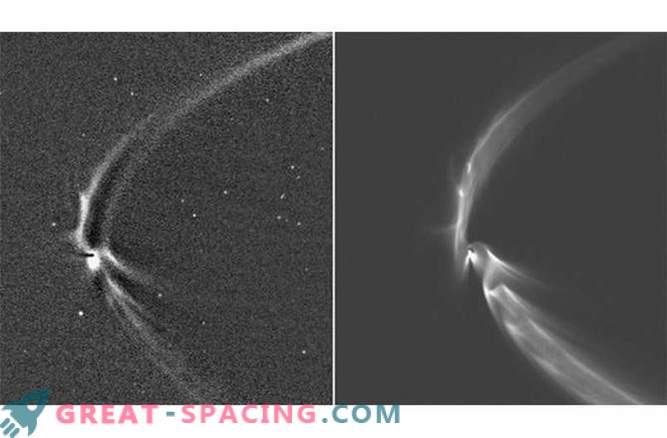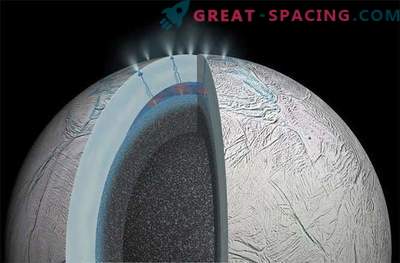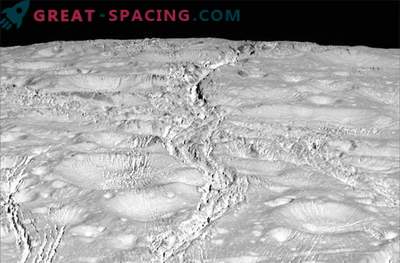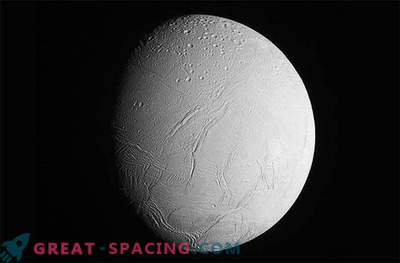
The ghost train, which, as is known, stretches behind Saturn’s satellite Enceladus, leaves a mark in the orbit of the gas giant. But scientists still could not determine its source.
Using images of the NASA Cassini mission, scientists were able to determine that the source of this plume is the geysers of the icy satellite. In addition, they were able to identify the specific geysers that form this phenomenon.
“We were able to determine that each individual plume structure was formed by separate groups of geysers on the surface of Enceladus,” said Colin Mitchell, a member of the Cassini team from the Institute of Space Sciences in Boulder, Colorado.
The Mitchell team, combining high-resolution images of Cassini with computer models, tracked the trajectory of ice particles in individual geysers, escaping through giant cracks in Enceladus's ice crust. Composed of the smallest particles of ice, dust and organic molecules, geysers are indirect evidence of the subterranean ocean, which theoretically exists under the thick ice crust of the satellite.
Escaping from the surface of Enceladus, these huge formations reach tens of thousands of kilometers in Saturn's E-ring, supplying it with ice particles. The researchers were able to determine that the size of these particles is not less than one hundred thousandth of an inch. This discovery provided a direct connection between the geysers of Enceladus and one of the outer rings of Saturn. Throughout the study of the geysers of Enceladus, changes in the shapes and sizes of these formations were identified, probably due to tidal compression, which regulates ice emissions from cracks and fractures. However, further work is needed to verify this correlation.
This study will help scientists understand the dynamics of changes in Enceladus emissions, as well as understand how ice particles leave a small satellite and how they form the E-ring. This in turn will help planetary scientists understand the life and evolution of Enceladus’s subterranean ocean.
"Geysers give us the opportunity to calculate how much mass Enceladus leaves and sets off on its way along Saturn's orbit," said Carolyn Porco, team leader for the visualization experiment. "Thus, another important step is to determine the amount of mass involved in the process."
As the Cassini mission approaches its logical conclusion, Enceladus remains an important target for the spacecraft. Along with the growing number of external satellites of the solar system, the features of Enceladus and its ocean raises key questions about the possibility of life outside the Earth.











































